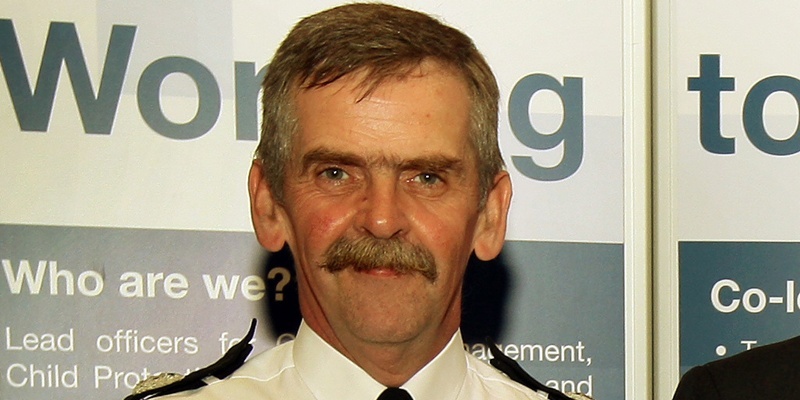Fife Constabulary’s new chief, Andrew Barker, says the force is on track with its preparations for April 2013 when it will become part of a single Scottish police body.
Mr Barker, who took over the post this month following the retiral of former chief constable Norma Graham, was speaking at the police transition committee at Fife House on Thursday, where he assured councillors he is committed to maintaining the existing strong partnerships the force has built up over the years across the kingdom.
He added that officers took part in a series of workshops this week aimed at analysing the internal structure of the police service in Fife and looking at ways to improve it.
”My main role is to maintain performance,” he said. ”That is undoubtedly going to be difficult as we move towards the transition of services but we are in a fortunate position in Fife where we have quite a mature model of policing in place already, which I don’t think is far away from the Government structure.
”Ultimately, I would like police services in Fife on March 31 2013 to be at the same level on April 1 2013 and the plans we are putting in place are aimed at achieving that.
”The intention is also to bring formal papers to future transition committee meetings so councillors can see what we’re doing and so that there is complete transparency.”
Mr Barker went on to praise the Fife force, which was recently upheld as a good example in a best value review.
Over the last few years the force has also consistently achieved high levels of performance including year-on-year reductions in recorded crime and increased results in Quality of Service surveys focusing on public confidence and satisfaction and reduced fear of crime.
Mr Barker joined Fife Constabulary in March 2009 as assistant chief constable before being promoted to the role of deputy chief constable in March 2011.
The new depute chief constable is Tom Ewing, who was previously the head of the communities policing division where he had responsibility for all general policing within the region.
Also attending the meeting was Andrew Laing, of Her Majesty’s Inspector of Constabulary for Scotland, who explained the purpose of unifying police services in Scotland was to streamline services.
”It’s all about trying to improve and maintain services,” he said.
Under the Police and Fire Reform Bill, which was approved by the Scottish Parliament in June, Scotland’s eight regional police and fire services will merge.
They are Central Scotland Police, Dumfries and Galloway Constabulary, Fife Constabulary, Grampian Police, Lothian and Borders Police, Northern Constabulary, Strathclyde Police and Tayside Police.
The bill was designed to create estimated ”efficiency savings” of £1.7 billion over 15 years, largely through reducing duplication of senior officer roles and back-office staff.
Justice Secretary Kenny MacAskill said a single service would keep all of Scotland’s communities ”safe and strong by creating more equal access to specialist support in national capacity, like counter-terror investigation, murder investigation and firearms, as well as flood rescue”.
The new interim police HQ will be at the Scottish Police College in Tulliallan in Fife.
